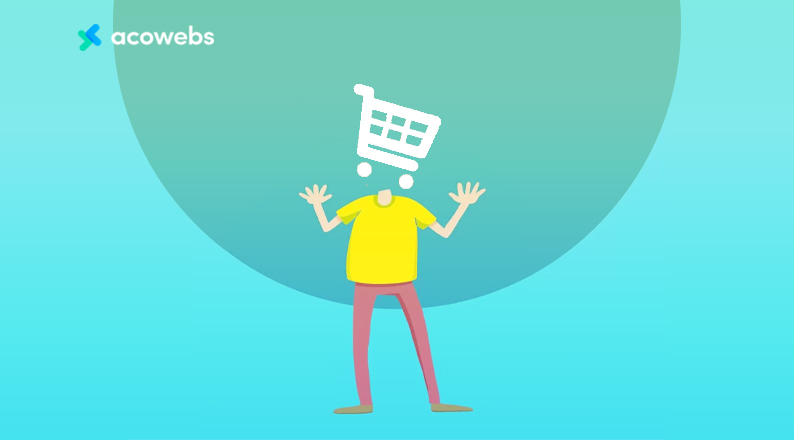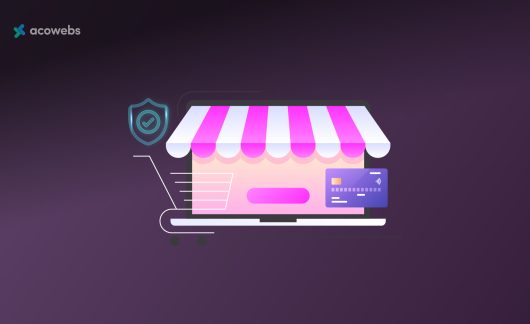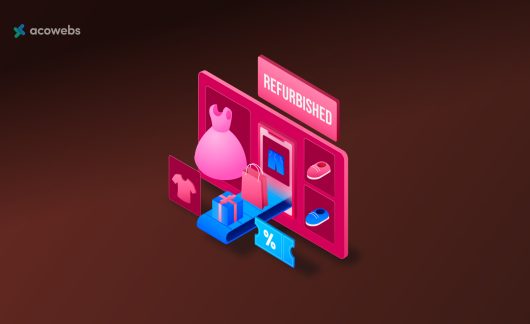The volume of online shoppers has been on the rise, with statistics showing that by 2021, about 230.5 million people will be buying items from eCommerce stores.
Customers are shifting from shopping from brick and mortar stores to online outlets, mainly due to the convenience the platform offers.
Retailers are also expanding into digital sales due to the cost savings they derive from leaving out physical retailing costs.
The tremendous rise in digital marketing and online shopping trends is creating huge amounts of pressure on online store retailers to adopt the Internet of Things (IoT) and other technological developments focused on meeting the needs of the consumer.
Institutions and organizations that rely on eCommerce must now, more than ever, adapt to this trend by embracing technologies that enable them to be more responsive, user-friendly, and engaging to modern-day customers.
Headless commerce is an approach you should use to differentiate your online store from the competition, while revolutionizing your customer experience and enhancing your brand awareness.
In this article, you will learn everything about headless eCommerce, its benefits, and applications.
What is Headless Commerce?
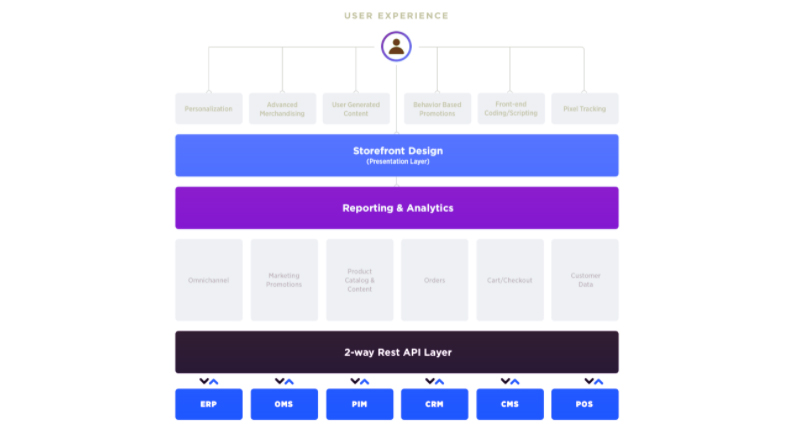
Headless commerce refers to an eCommerce solution, in which the front-end presentation (head) of your online store is separated from the back-end.
The front-end of your website refers to elements, such as user interface, colors, images, templates, typography, fonts, etc. They give your site the physical appeal, look, and feel.
On the other hand, the back-end refers to the workings of your website, including aspects like customer data, bandwidth, servers, and payments gateway.
Headless commerce gives you the flexibility to build unique customer experiences, by enabling you to customize the functionalities and features of your eCommerce platform as per your business needs.
Online store owners are now adopting the concept, enabling them to deploy and offer their customers robust eCommerce capabilities like shopping carts, promotions, and multiple payment options irrespective of the customer touchpoint.
To avoid using separate tools for every interaction, businesses are now seeking to offer a connected experience, giving rise to the demand for Application Programming Interfaces (APIs) and tools like Mulesoft and Heroku.
These solutions can connect both critical back-end systems with new touchpoints, giving eCommerce business owners the freedom to build and display whatever and however they like.
ALSO READ: Pros & cons of using shopify for ecommerce stores
What are the Benefits of Headless Commerce?
The key benefits of headless commerce come from using the API as the main interface to multiple business tools.
Let’s have a look at the benefits of headless commerce:
Improved omnichannel integration
Headless commerce enables eCommerce businesses to interact with their customers better through omnichannel retailing.
For instance, Wix, an eCommerce platform, has limited options for online retailers because it offers only 66 apps in its marketing category, unlike Shopify app store, where online stores can take advantage of more than 1300 apps for improved customer experience.
A more unified eCommerce program provides you with more tools, such as social media integrations and email marketing, among others, enabling you to access shared customer data across all channels.
Such solutions are effective for customer segmentation and personalization of marketing campaigns, leading to increased sales.
Given that 73 percent of consumers are now using multiple channels to shop, relying on a traditional type of business setting or a site that is not mobile-friendly will only limit your customer reach.
Better customer experience
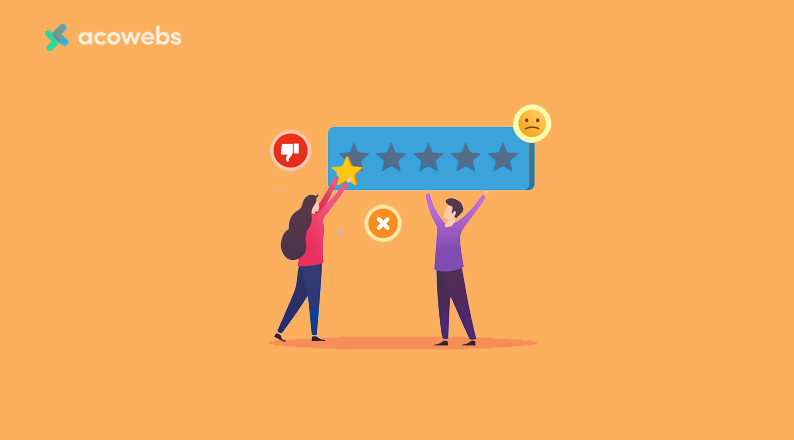
As opposed to traditional eCommerce, headless commerce is a useful solution for eCommerce marketers and business owners seeking to offer better and more personalized experiences to their customers.
Separating the back-end and front-end solutions provides this capability, since you derive more flexibility by integrating more tools to enhance your store’s customer experience.
Enhanced security
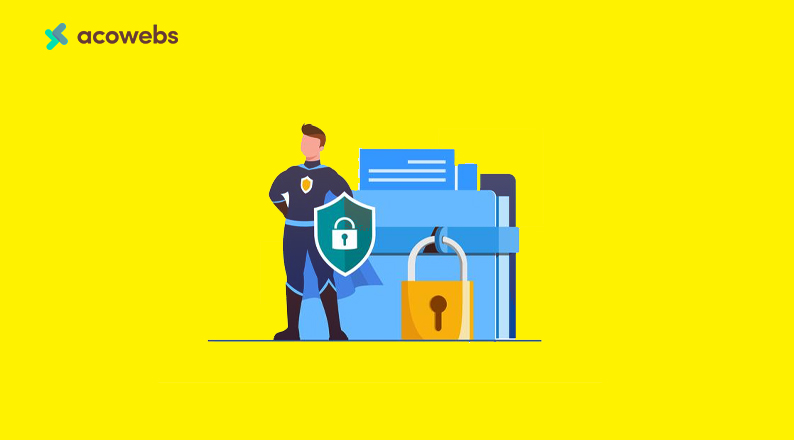
Using headless commerce requires developers to build sophisticated and powerful structures to secure the multiple systems required to keep omnichannel retailing easy and seamless.
In the process, the multiple user touch points, such as the payment gateways and the administrator interface need to be secured to prevent access by authorized persons to prevent your business from being exposed to data breach and fraudulent activities.
Time savings in IT
Separating back-end and front-end interfaces improves the time developers use to make changes to the user-interface.
Headless templates and other integrated solutions offered on eCommerce platforms also require simple development skills, making it easy to create, launch, and update eCommerce apps for improved conversions.
Competitive advantages
Headless commerce enables you to launch quick updates without causing adverse effects to your back-end system. The platform also enables you to easily change your front-end functionalities to meet the requirements of the market.
As you launch more updates, so will you need headless commerce to ensure parts of the system requiring an upgrade or maintenance are managed well without being dependent on the back-end.
eCommerce businesses using headless commerce are able to roll out advanced functionalities to their apps and websites much faster and effectively than the users of traditional platforms, giving the former a competitive advantage.
ALSO READ: Impact of e-Commerce On Society: Advantages and Disadvantages
Types of Headless Commerce
There are 3 main models that eCommerce use to structure their back-end and front-end interfaces:
Monolithic solution
Monolithic platforms are the equivalent of traditional eCommerce platforms, whereby both the back-end and front-end features and functionalities are combined together.
The monolith is the standard platform, providing one clean solution, in which both the hardware and software are linked together.
When you purchase solutions like IBM infrastructure, they are required to use both the hardware and software solutions, giving them a monolithic experience, which can limit their ability to launch updates and other omnichannel integrations seamlessly.
Other examples of monolithic solutions are BigCommerce, Shopify, and Magento.
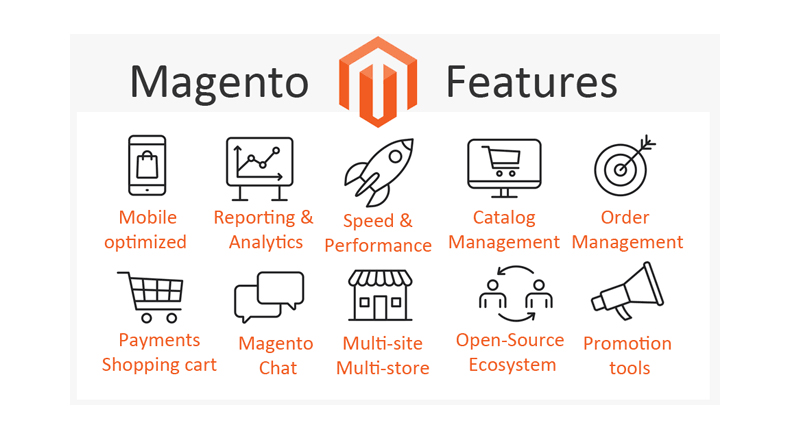
The traditional eCommerce platforms are out-of-the box solutions, which are hard to customize, making it harder to deliver outstanding customer experience.
Experience-led
Experience-led headless commerce platforms come with functionalities that allow you to integrate plugins and add-ons like cart and checkout options to your website.
For instance, solutions like WooCommerce are integrated with Content Management Systems (CMS) like WordPress, enabling you to add your preferred plugins for the smooth operation of your online store.
However, Headless WooCommerce is not completely a stand-alone, “clean” headless commerce solution because it is still inseparable from WordPress functionalities. (In fact, it’s because of its customizability, cost-effectiveness, and SEO-friendliness that WooCommerce still remains as one of the leading eCommerce solutions.)
The Shopify Buy Button also offers an effective headless solution, but it is also limited in its scope.
Other tools, such as digital experience platforms (DXP) like Drupal and custom front-end frameworks offer the same headless commerce capabilities as WooCommerce and Shopify, enabling brands to derive top-notch brand value and encourage users to checkout.
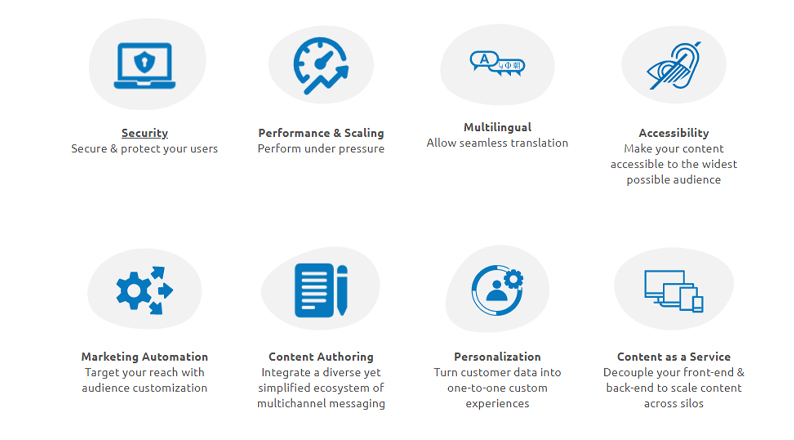
However, add-ons and plugins on their own will only give you limited freedom from the traditional monolithic solutions.
Such tools are not fully customizable, but will still offer omnichannel capabilities to your customers to a reasonable extent.
Commerce-led
Commerce-led headless commerce solutions come with a commerce platform for front-end use and checkout, and APIs for back-end infrastructure.
Systems like enterprise resource planning (ERP), order management system (OMS), and product information management (PIM) are now being used by online businesses for product and inventory management and customer integration across multiple channels.
These open-source, SaaS platforms are the future of commerce, as they are decoupled in the sense that the front-end delivery layer is not completely removed from the user-interface, enabling eCommerce owners to perform content authoring and previewing.
Brands still enjoy headless freedom, whereby they can deliver content to different applications, devices, and customer touchpoints using APIs.
Decoupled, headless commerce front-ends like Shogun, React Storefront, Vue Storefront, and Swell enable you to attach user-interfaces like headless themes and checkout APIs to your eCommerce platform.
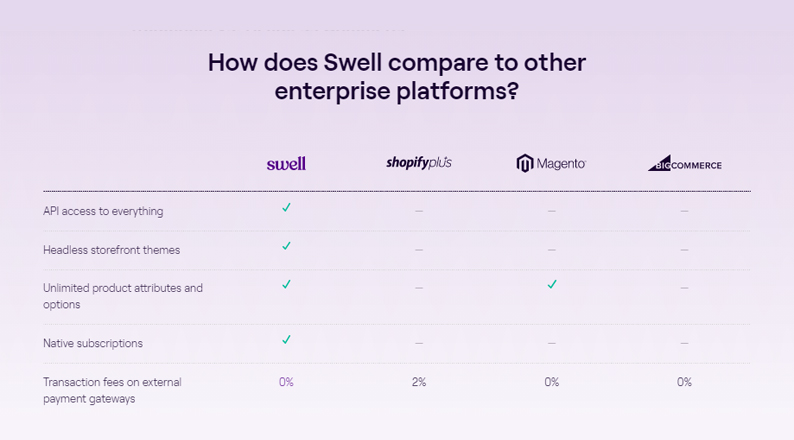
For instance, online businesses using Shopify or WooCommerce can use Shogun for the front-end solutions and the former for back-end – when integrated, the two solutions offer the ultimate headless commerce capabilities because they are both separately customizable.
Decoupled customer management systems (CMS) still have similarities with traditional systems because the former run with a frontend framework, which can still limit the delivery of content to certain channels.
APIs, on the other hand, are the ideal headless CMS, as they are integrated with platforms without a “head”; hence developers can pull content flexibly to any given end point. APIs are linked to platforms like BigCommerce, Commerce.js, commerce layer, and Shopify (Plus), which come with API building blocks, with complete, decoupled front-end frameworks.
The APIs enable you to customize and upgrade your eCommerce store front-end and back-end according to your business needs.
ALSO READ: Top 8 Social Media Strategies That Every E-commerce Store Needs To Implement
Headless Commerce vs Traditional (Monolith) Commerce
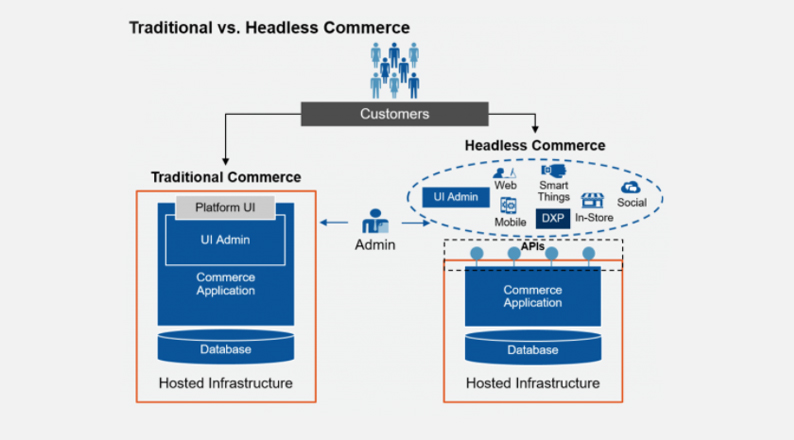
Headless commerce was introduced as a solution to the technical issues facing traditional commerce platforms, which limited the ability of businesses to deploy smoother, advanced, and user-friendly sales and marketing solutions.
When choosing between headless and traditional commerce platforms, look out for the following differences:
Front-end development
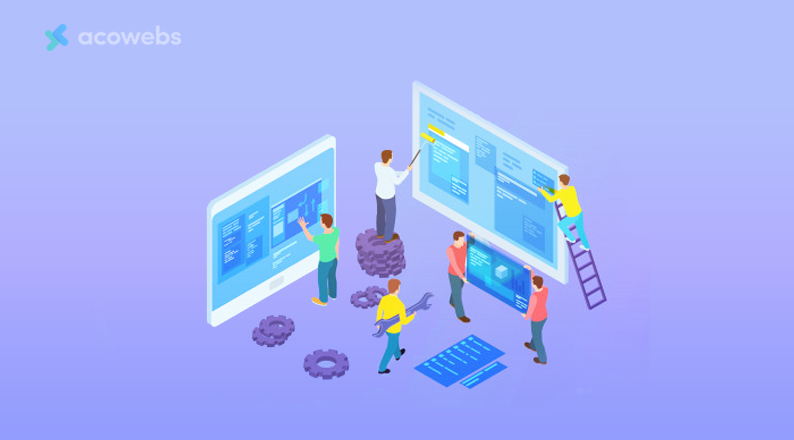
It is easier to set up the front-end of a traditional eCommerce platform than headless commerce. You only need access to solutions like Shopify and WooCommerce, which you can use to add the desired designs, templates, themes, plugins, and products.
On the other hand, building using headless commerce solutions requires more knowledge of web development for a complete web store configuration.
Headless architecture gives you access to better and more customizable capabilities for the end-user, which are not available in traditional commerce platforms.
While you may need the skills of a developer to launch the front-end functionalities via headless commerce, you stand to gain more freedom to create the desired customer touchpoints, unlike if you were using an out-of-the-box traditional platform.
Flexibility
With traditional commerce platforms, you have access to templates linked to a back-end framework, making it easy to launch your eCommerce store and add other functionalities through plugins or add-ons.
However, if you are running a large business with multiple substitute products, headless commerce platforms perform better because their front-end and back-end frameworks are scalable and fully customizable, making it easy to market, promote, and sell your products across multiple customer touch points.
You can also create personalized designs to improve the customer experience according to the needs of your target market.
Traditional commerce solutions cannot keep up with the demands of today’s online consumer, making headless commerce tools much more desirable and a go-to solution for eCommerce business owners seeking flexible web tools.
Time to value
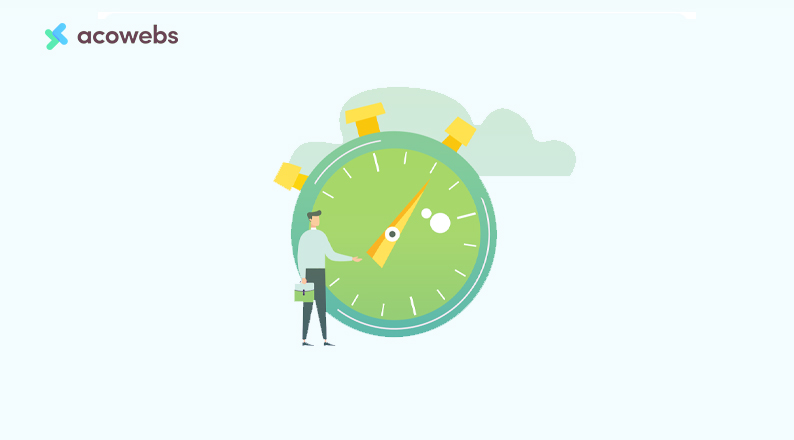
Headless commerce enhances your time to value. Back-end capabilities and functionalities take up about 85% of the software development process, yet when you use headless commerce solutions, you are able to launch new web and app requirements more easily and quickly because you are starting to work from the point of completion.
You are able to offer improved features for better customer experience and more robust solutions with less effort and at a cheaper cost.
On the contrary, traditional commerce platforms are not easily modifiable, which makes it more difficult and costly to launch updates to the existing interface.
Technical expertise
Traditional commerce requires minimal technical knowledge to deploy because you are using existing eCommerce platforms like Shopify and WooCommerce to build integrated web solutions.
You can launch standard user interface solutions at a reasonable budget, as traditional commerce solutions are fully built to meet your eCommerce store needs.
On the other hand, headless commerce demands more technical knowledge and skills, which could raise your budget for web development.
Large businesses running multiple customer touchpoints invest in headless commerce because they can afford to pay developers to create customizable solutions for a more enhanced user experience.
The demand for technical knowledge depends on the number of customers and the variety of needs to be met, making headless commerce the ideal platform for large, more advanced businesses.
How Headless Commerce Works
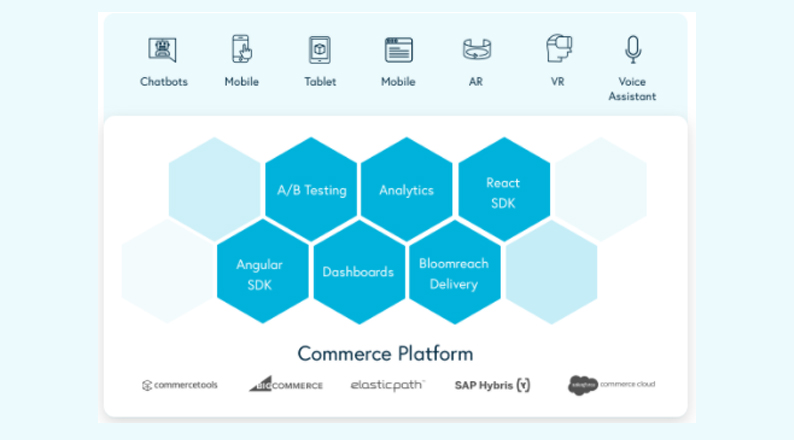
Headless commerce enables eCommerce businesses to separate front-end and back-end functionalities through the use of APIs.
The API supports the pulling of information from platforms like smart appliances (smart TV, Amazon Alexa, etc.), car commerce, apps, and other tools running on social networks and other network-based platforms.
The API also enables you to deliver the pulled content, which is stored in a backend infrastructure, to more channels, which are linked to the user-interface or specific endpoints.
Headless commerce also works with an inventory system for product management, connecting suppliers, vendors, and wholesalers to the distribution network.
The framework is also linked to the company’s distribution centers for seamless shipment of ordered products.
Other headless commerce functionalities include secure payment systems, and CRM and data analytics for customer management and insights on customer preferences and patterns.
The back-end and front-end functionalities are linked through the API for communication between the inventory management, CRM, and payment platforms, and other systems that are responsible for updating records and transactions real-time.
Headless commerce solutions thus work with API for seamless sharing of information across systems, facilitating a completely omnichannel retail environment.
ALSO READ: Best WooCommerce Plugins to Increase Your Sales in 2021
Top Headless Commerce Platforms
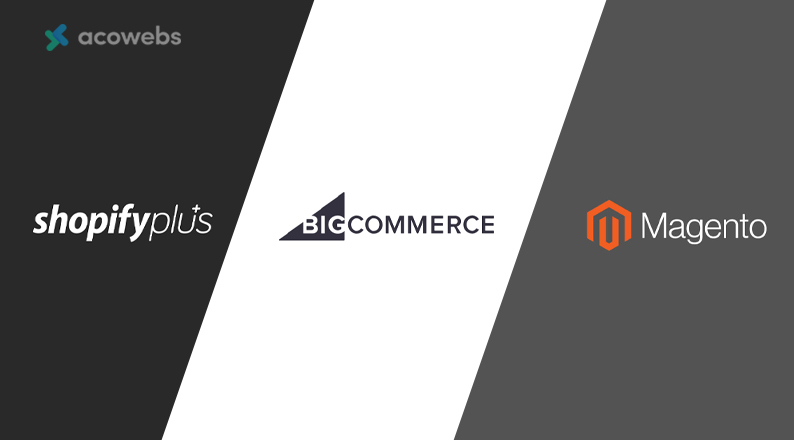
Headless commerce is relatively new, arising as early as 2013 through a report by Forrester. Since then, several eCommerce platforms have been providing APIs for decoupled functionalities required in deploying advanced, omnichannel solutions.
If you are looking to take advantage of the many benefits of headless commerce applications, then you should start with platforms like:
Shopify Plus
Shopify Plus is a headless solution enables businesses to use multiple content management tools for seamless data integration, marketing, and a powerful customer experience.
BigCommerce
BigCommerce platform is useful in creating advanced and mobile-friendly websites for multiple storefronts, all created around one BigCommerce account.
You can easily integrate solutions like marketing tools with APIs for improved connections with other platforms, hence, efficient service delivery.
Magento
In addition to the traditional framework, Magento also comes with a decoupled storefront through a Progressive Web App (PWA) Studio that enables customers to access user-friendly, app-like features on both mobile and desktop.
The platform is also compatible with Adobe tools, following the acquisition of Magento by the former.
Headless Commerce Applications
Some of the leading eCommerce outlets that have adopted headless commerce include:
Nike

Nike uses a headless commerce framework for the mobile user-interface. The brand uses a mix of React SPA for back-end and Node.js for the front-end infrastructure.
The approach has enabled the company to gain more sales from mobile users, as well as revamp its marketing strategy.
Venus
Venus, fashion line, employed headless commerce as a way to revamp its site loading speeds. The outlet adopted a React Progressive Web App, enabling it to separate the back-end infrastructure from the front-end for seamless integration of more optimal user-interface solutions.
The practice enabled Venus to realize better page loading speeds and a 24% rise in conversion rate.
Target
Target adopted the headless commerce approach as a way to unify the customer experience across multiple touchpoints.
The tactic was aimed at reducing chunk and loss of customers to competitors like Walmart and Amazon.
Target identified that customers would start shopping using one device and end up completing the transaction through another device or channel, and headless commerce helped close the gaps.
ALSO READ: How to Use YouTube to Grow Your Ecommerce Sales
Conclusion
Headless commerce is an eCommerce solution, in which the front-end presentation (head) of your online store is separated from the back-end.
ECommerce sites that previously relied on traditional commerce platforms are embracing headless commerce for improved omnichannel integration, better customer experience, enhanced site security, time savings in IT, and competitive advantages.
Platforms like Shopify Plus, BigCommerce, and Magento are ideal for businesses seeking to venture into headless commerce, enabling them to shift to a more flexible and user-friendly environment that makes front-end development and upgrades not only easy, but also cost-friendly and timely.
To migrate into a headless commerce platform, it is advisable to engage a developer with technical skills on API integrations.
Despite the technicalities involved in deploying the infrastructure, you stand to gain from improved customer reach across multiple touch points, as well as increased sales conversions.
Acowebs are developers of WooCommerce plugins that will help you personalize your stores. It supports the additional option with feature-rich add-ons which is WooCommerce Product Addons, that are lightweight and fast. Update your store with these add-ons and enjoy a hassle-free experience.












 Login
Login
 Cart
Cart